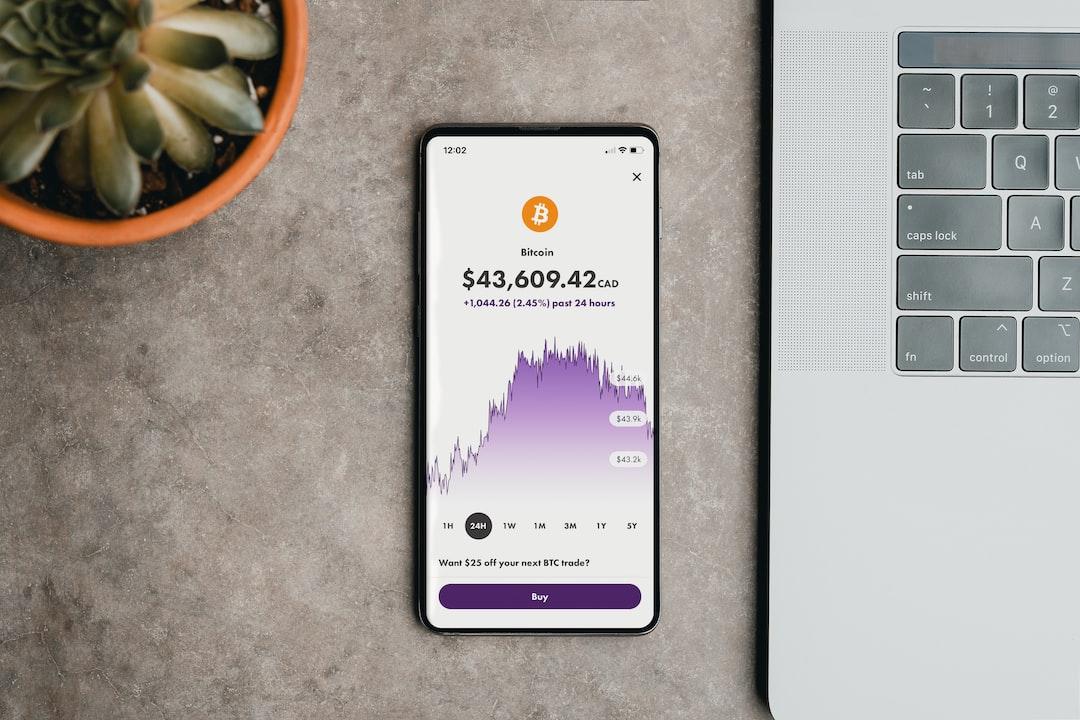Crypto investors have been experiencing a déjà vu, with Bitcoin’s price languishing and showing little activity for months. However, data indicates a slow resurgence in demand for cryptocurrencies, which may soon be reflected in their prices.
Throughout most of this year, Bitcoin has been wrestling with the $70,000 mark. Last month, miners began offloading Bitcoin en masse to compensate for weeks of low transaction fees and operational costs following the halving of miner block rewards, exacerbating Bitcoin’s plight. Some larger mining companies have started leveraging their Bitcoin reserves to earn profits or hedge risks.
According to CryptoQuant, the “miner capitulation” (often referred to as forced selling) has now reached levels comparable to December 2022, when the Bitcoin network’s hash rate (the total computational power used by miners to process transactions) fell by 7.6%, marking the bottom of the cycle post-FTX collapse.
CryptoQuant’s Head of Research, Julio Moreno, told CNBC, “Miner capitulation has historically been a sign of a price bottom, as it indicates that prices are too low for the least efficient miners to profit. After a halving, a 7%-12% drop in network hash rate signifies the bottom, occurring before a price rebound. Currently, our reduction rate is 7.7%.”
However, he added that Bitcoin’s price rise will depend on the growth in Bitcoin demand, which typically precedes price increases. After a 66% surge in the first quarter, this year’s demand slowed down, but CryptoQuant’s data shows that this trend has reversed.
“At present, the month-over-month growth rate of whale demand is at 6%. This is a typical high growth rate, so we are in a high demand growth environment… Last February to March, when the month-over-month growth rate exceeded 6%, the price momentum was much stronger,” Moreno said.
He further stated, “In the past, demand peaked at a 10%-12% month-over-month growth rate, so there’s still room for growth.”
In the past three months, Bitcoin has fallen by 8%, but it’s still up 44% for the year. Many investors remain convinced that Bitcoin has more catalysts for growth in the future—including a spot Ethereum ETF, US interest rate cuts, and clearer industry regulations following the US presidential election. Moreover, the peak of Bitcoin cycles often occurs within the 18 months following a Bitcoin halving.
Antoni Trenchev, co-founder of Nexo, said, “Past cycles tell us not to have any expectations for Bitcoin after a halving. There was hardly any movement in Bitcoin in the 4-5 months following the halvings in 2016 and 2020, and in 2012, we had to wait six weeks for some price stimulation.”
“Given that the 2024 halving only occurred in April, more sideways napping wouldn’t be surprising,” he added. “The door to a $100,000 Bitcoin in 2024 remains open, as the consolidation period since March has laid the groundwork for the next rally.”
This article originates from the financial sector.

